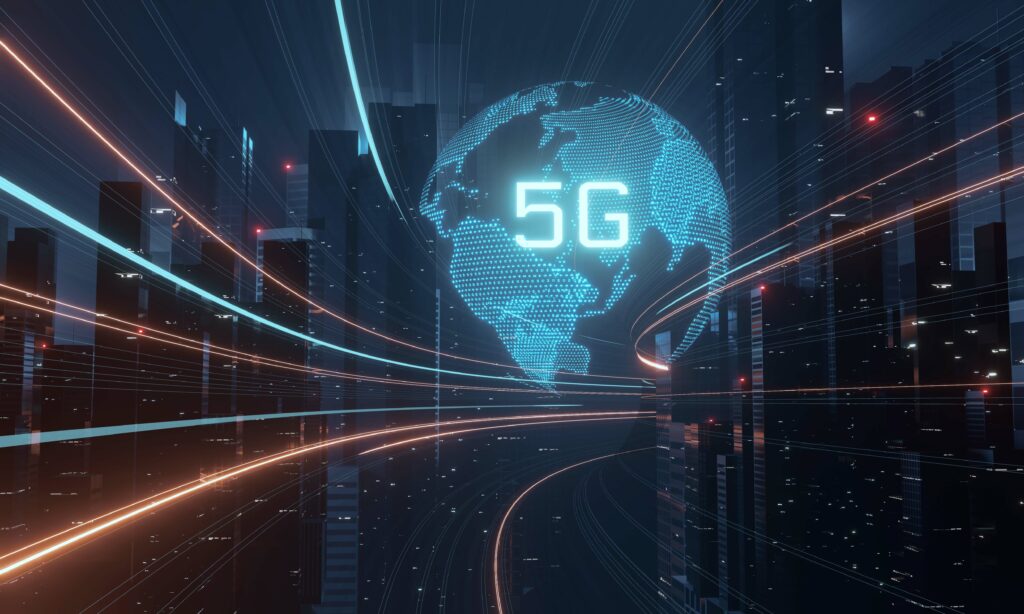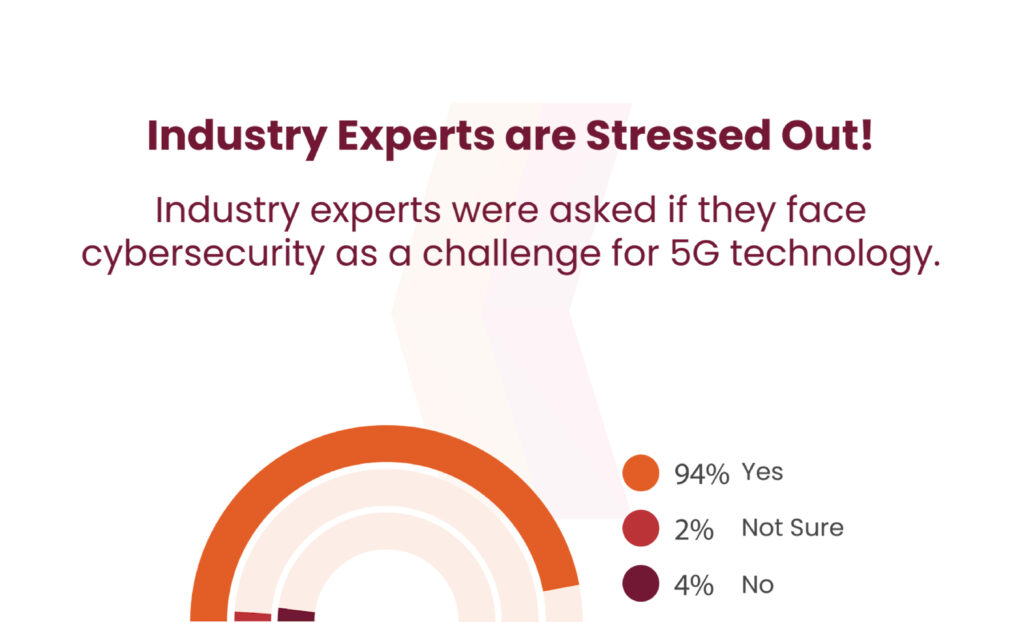5G technology will impact not only our daily lives but also the Internet of Things (IoT). Not only will the world be transformed by 5G hyperconnectivity, but the future depends on it. IoT security.
5G offers incredible speeds and capacity, but it also opens up a wider attack surface. Unlike previous networks that connected a limited number of devices, 5G will link an incredible number of “things”: smart devices, sensors, appliances, industrial equipment, and more, all generating and transmitting data. This interconnectivity offers many benefits, but it also creates a network of potential risks.
IoT Security for 5G Technology
The Internet of Things (IoT) is experiencing a massive increase: the number of connected devices is expected to grow from 9.7 billion in 2020 to 29 billion by 2030. Among the many factors driving this expansion, the development of 5G networks stands out as one of the most important aspects for 2024.
The coexistence of IoT security and 5G technology is clear. 5G networks feature unparalleled speed, low latency, and massive connectivity, making them ideal for supporting the large number of IoT devices that are likely to come online in the near future. From smart homes and self-driving cars to industrial automation and healthcare systems, 5G-enabled IoT devices have the potential to transform a wide range of industries.
But this interdependence creates serious security challenges. IoT devices often lack effective security capabilities, making them susceptible to hacker attacks. 5G’s increased bandwidth and capacity increases the potential impact of a security breach, posing threats to privacy and data integrity.

5G’s direct impact on IoT security
5G technology brings a higher throughput communication medium, which allows speeds of over gigabits per second. As a result, devices can sync up and perform operations more quickly. Additionally, Verizon says it will create an ultra-low latency network, which has been demonstrated with initial installations showing latency as low as 30 milliseconds. This low latency will enable IoT devices to be used for complex operations such as surgical procedures. Finally, 5G networks have a higher bandwidth capacity, which allows more devices to connect without sacrificing quality.
What challenges will IoT face in the 5G era?
The development of 5G technology will bring about a major revolution in industrial processes. However, it also brings about a variety of issues that require extensive consideration. Because 5G relies on shortwave frequencies, the deployment of cell towers will need to be more compact. This will require an increase in equipment to maintain network operations. This will increase the logistical and financial complexity of building 5G infrastructure. In addition, the virtualization of many 5G components will raise cybersecurity concerns. This will ensure strong controls to protect against breaches and ensure data integrity. As the user base of 5G networks increases dramatically, the need for strong cybersecurity protocols will become apparent. This is due to the need for more robust cybersecurity protocols. IoT Security Powering an interconnected ecosystem.

Additionally, the significant costs involved in acquiring and operating new network equipment optimized for operation in higher frequency bands creates a barrier to entry. However, significant cost savings could be realized if vendors cooperated to share hardware resources, reducing the overall financial burden of deploying 5G. In short, navigating the complexities of 5G technology requires Cybersecurity RequirementsThis directly illustrates the importance of incorporating effective IoT security mechanisms to mitigate risks and maintain cyber resilience of interconnected systems.
Book a free consultation with a cybersecurity expert

Securing the 5G Future with Cybersecurity
As we continue to explore the promise of IoT and 5G technologies, it is important that we prioritize cybersecurity throughout the development and deployment process. Building strong security standards and best practices requires technology companies, manufacturers, regulators, and end users to work together.

Additionally, investment in research and development is essential to improve security solutions that address the unique challenges of IoT and 5G environments. Preventive security measures such as encryption technologies, intrusion detection systems, and secure authentication processes can help mitigate cyber threat concerns.
Conclusion
With over 14 billion IoT devices in existence worldwide, their widespread presence highlights their enormous impact on the economy and daily life. As industries become increasingly reliant on interconnected devices, the importance of IoT security, especially in the context of 5G technology, has never been more evident.
In conclusion, cybersecurity will be a top priority for businesses as they experience the rapidly evolving environment of IoT and 5G integration. The integration of these technologies requires strong cybersecurity protection against potential vulnerabilities and cyber attacks. As a result, it is essential to have a strong cybersecurity team in place, guided by experts. IoT Penetration Testing Services It is essential to ensure the integrity of network systems.
In this context: Clartical Emerging as a trusted partner with over a decade of experience in the cyber security sector, Kratikal, a premium service provider and a Cert-In certified company, offers innovative approaches to tackle the growing cyber security challenge. The challenge of IoT security Organizations working with Kratikal on 5G technology can proactively manage risk, increase resilience and protect their digital assets in an increasingly interconnected environment.
FAQ
- Why is IoT security so important for 5G technology?
5G networks will connect a vast number of IoT devices compared to previous generations. These devices often lack strong security capabilities, making them potential entry points for attacks, making IoT security crucial in the 5G era.
- What are the challenges of securing IoT devices in a 5G world?
The challenge with securing IoT devices is that the shortwave frequencies used by 5G require a denser network of cell towers, which increases infrastructure complexity and potential vulnerabilities. The virtualization of 5G components requires strong cybersecurity controls to prevent breaches and ensure data integrity.
This article on IoT Security Implications for 5G Technology first appeared on Kratikal Blogs.
***This is a Security Bloggers Network syndicated blog from Kratikal Blogs written by Riddika Grover. Read the original post here: https://kratikal.com/blog/impact-of-iot-security-for-5g-technology/


